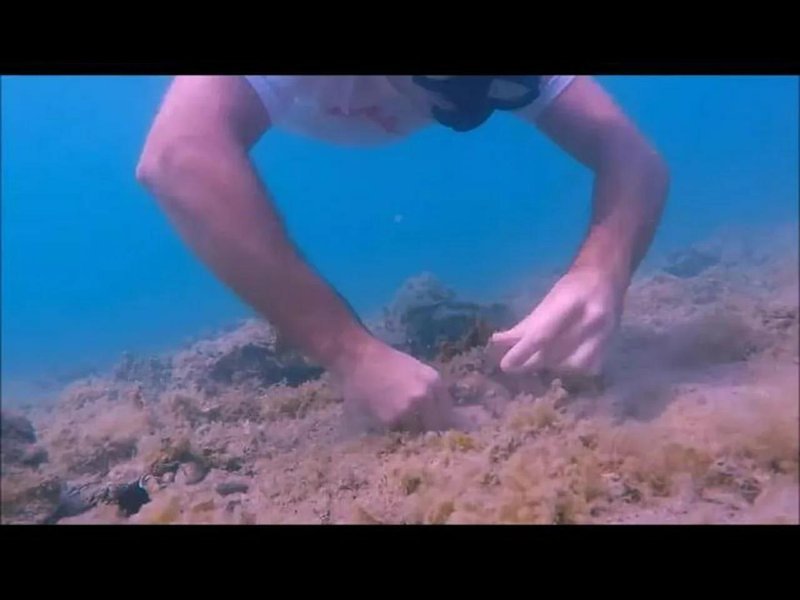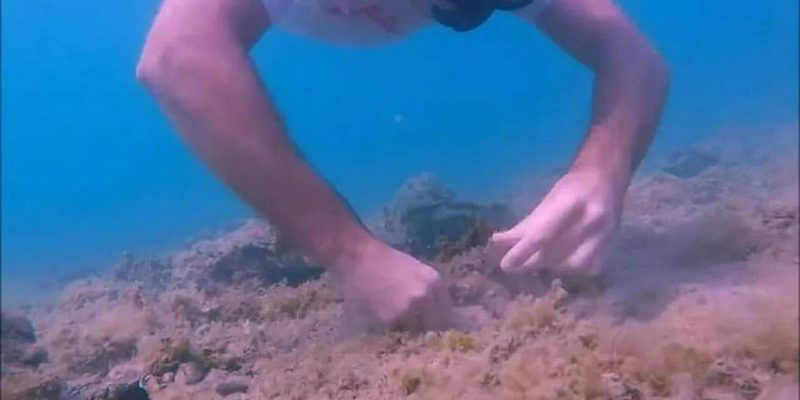
Imagine you’re at a crowded café, trying to focus on your friend’s conversation while distractions buzz all around. In the same way, bobbit worms have developed brilliant adaptations to sense movement in their environment. Using a combination of specialized sensory structures, they can pick up even the slightest vibrations in the water. Let’s dive deeper to uncover how these remarkable creatures detect motion, so you can appreciate the fascinating world beneath the waves.
Understanding the Bobbit Worm’s Anatomy
When we talk about bobbit worms, it’s essential to start with their anatomy. These fascinating creatures belong to the family Eunicidae, which makes them relatives of earthworms. However, they’re not your average worm. Bobbit worms can grow over ten feet long, boasting a segmented body that allows them to burrow into the ocean floor. But it’s their sensory adaptations that make them such efficient hunters.
The head of a bobbit worm is equipped with sharp jaws and a set of sensory antennae. Think of these antennae as the worm’s ears. They pick up sounds and vibrations from the water. The longer the worm, the more area it can cover, making it easier to detect prey. This means that even the tiniest movement from fish or other marine animals can trigger their rapid response.
Moreover, bobbit worms have specialized cells called *mechanoreceptors*. These cells are sensitive to changes in water pressure and movement. When something swims by, the water’s flow changes. Bobbit worms can sense this, allowing them to prepare for an attack. It’s like being able to feel your friend’s footsteps before they even reach your table!
The Role of Chemoreception
Besides detecting movement, bobbit worms also use a sense called chemoreception. This is a fancy way of saying that they can detect chemicals in the water. Imagine walking into a bakery and instantly smelling fresh bread. That’s a bit like what bobbit worms experience with their environment.
They have specialized cells that can pick up chemical signals released by nearby creatures. When a fish or shrimp approaches, it might release certain compounds into the water. Bobbit worms can sniff these out and combine this information with the vibrations they sense. This dual ability allows them not just to react but to anticipate when and where to strike.
In many ways, chemoreception is like a detective’s magnifying glass—it helps them piece together the puzzle of their environment. By combining both movement and chemical cues, bobbit worms can maximize their hunting efficiency. This is especially handy when they’re trying to snag a meal in the bustling underwater world.
How Bobbit Worms Use Motion Detection to Hunt
So, how does all of this come together when it’s time to hunt? Picture a bobbit worm lying in wait, hidden beneath the sand. As fish swim above, the worm detects the ripples created by their movements. It’s an impeccable system that works remarkably well.
When the bobbit worm senses vibrations from the water, it springs into action. The initial stage involves quickly extending its long, flexible body toward the movement. This rapid extension is crucial because it allows the worm to capture fast-moving prey that might otherwise evade its grasp.
For example, let’s say a small fish accidentally swims too close. The bobbit worm picks up on the vibrations, swiftly extends its body, and captures the fish with its powerful jaws. This strategy demonstrates how crucial movement detection is for survival. Without it, bobbit worms would struggle to catch enough food to thrive in their environment.
The Importance of Adaptation in Motion Detection
Adaptations like those seen in bobbit worms are vital for survival in any ecosystem. As the ocean changes, creatures like the bobbit worm have developed remarkable mechanisms to improve their chances of finding food. Their specialized sensory adaptations allow them not just to survive but to excel as predators.
You might be wondering how these unique abilities compare to those of other marine organisms. For instance, many fish also rely on their lateral lines—a sensory organ that detects changes in water pressure. However, bobbit worms take it a step further by combining both movement detection and chemoreception, making them more versatile hunters.
In this way, bobbit worms exemplify the beauty of adaptation in nature. They’ve perfected their skills over time, helping them thrive in habitats where competition for food is fierce.
Other Creatures with Similar Sensory Abilities
You might be curious about other sea creatures that share similar motion detection abilities. Plenty of marine life has evolved fascinating ways to sense their environment. For instance, sharks have an incredible sense of smell, enabling them to detect tiny amounts of blood in the water. Their lateral line system also helps them pick up on vibrations created by potential prey.
Similarly, octopuses have remarkable vision and the ability to change colors to blend into their surroundings. They can detect movements and react quickly to threats or opportunities. While their methods differ from the bobbit worm’s, all these adaptations serve the same purpose: survival.
By comparing these creatures, we see just how diverse and innovative life in the ocean can be. Each organism has uniquely adapted to its environment, showcasing the endless creativity of nature.
Why Understanding Motion Detection Matters
So, why should we care about how bobbit worms and other sea creatures detect motion? Understanding these processes can help us appreciate the interconnectedness of ecosystems and the specific roles various organisms play. Every creature, no matter how small or seemingly insignificant, contributes to the larger marine environment.
Additionally, studying motion detection can offer insights into broader scientific concepts. For instance, understanding how these systems work may lead to advancements in robotics or sensor technology. Engineers often look to nature for inspiration, and the bobbit worm’s technique could lead to innovations in movement detection systems.
Moreover, this knowledge can help us address environmental issues. As we learn more about the delicate balance in ocean ecosystems, we can work towards protecting them. Understanding how creatures like the bobbit worm thrive in their habitats is crucial for conservation efforts, especially as climate change continues to impact marine life.
Bobbit worms are more than just bizarre-looking creatures; they are master hunters with an array of adaptations that allow them to detect motion in the water column. Through their unique anatomy and combination of sensory skills, these worms have found a remarkable way to thrive in the ocean.
Their ability to sense vibrations and chemicals in the water not only contributes to their survival but also showcases the incredible diversity of life beneath the surface. As we continue to explore and learn about these fascinating creatures, we gain a deeper appreciation for the beauty and complexity of marine ecosystems.
So, the next time you think about life in the ocean, remember the bobbit worm and its incredible skills. They remind us that even in the depths of the sea, there’s always more than meets the eye!

